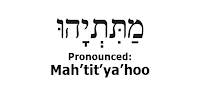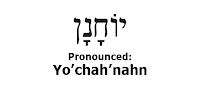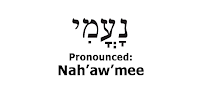Finding your way around Twebrew School
New to Twebrew School? View our introductory video here . To receive a copy of our corresponding textbook, the Reishith Binah, click here . If you're currently enrolled in one of our synagogue-based Hebrew Reading Crash Courses, you will receive a hard copy of the Reishith Binah directly from your instructor. Below is a complete list of all the video lessons in order, as well as links to the "Treat" where you learn more about the letters discussed in each video. Lessons 1 & 2: Video | Aleph Treat | About the Vowels Lessons 3 & 4: Video | Bet and Vet Treat Lessons 5 & 6: Video | Mem Treat Lesson 7: Video | Reish Treat Lesson 8: Video | Hey Treat Lesson 9: Video | Ayin Treat Lessons 10 & 11: Video | Daled Treat Lesson 12: Video | Mem Treat Lessons 14 & 15: Video | Lamed Treat Lessons 16 & 17: Video | Gimmel Treat Lesson 18: Video | About the Vowels Lessons 19 & 20: Video | Tav/Sav Treat Lessons 21 & 2...





